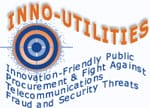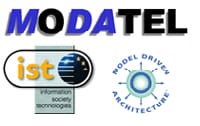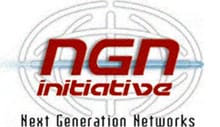MODA-TEL – Model Driven Architectures for Telecommunications System Development and Operation
MODA-TEL is a joint effort of European stakeholders with business interest in component architectures, to develop a sound methodology and tools to support the application of model driven architectures (MDA) in the telecommunication domain.
MODA-TEL will develop technology that allows organisations to more efficiently model, construct, integrate, deploy, manage, operate and evolve software in telecommunications systems. This will be achieved be providing clear guidelines, methodologies and tools for the application of model driven architecture principles in telecommunications information management and telecommunication component based software construction.
The project will assess the foundations of MDA, identify the key technologies and assess the available MDA tools in the context of the telecommunication domain. It then will develop a methodology and guidelines for the application of MDA technologies and specify formalisation principles for model transformation techniques. Based on the gained insight an architecture for an MDA toolset will be defined and available tools will be extended according to telecommunication specific requirements. Finally the MDA-capable tools will be used to support the application of MDA onto selected use cases that are suitable for challenging the MDA approach. Necessary research will accompany the work and will provide solution proposals for areas not sufficiently addressed by the current state in MDA standardisation at OMG.



